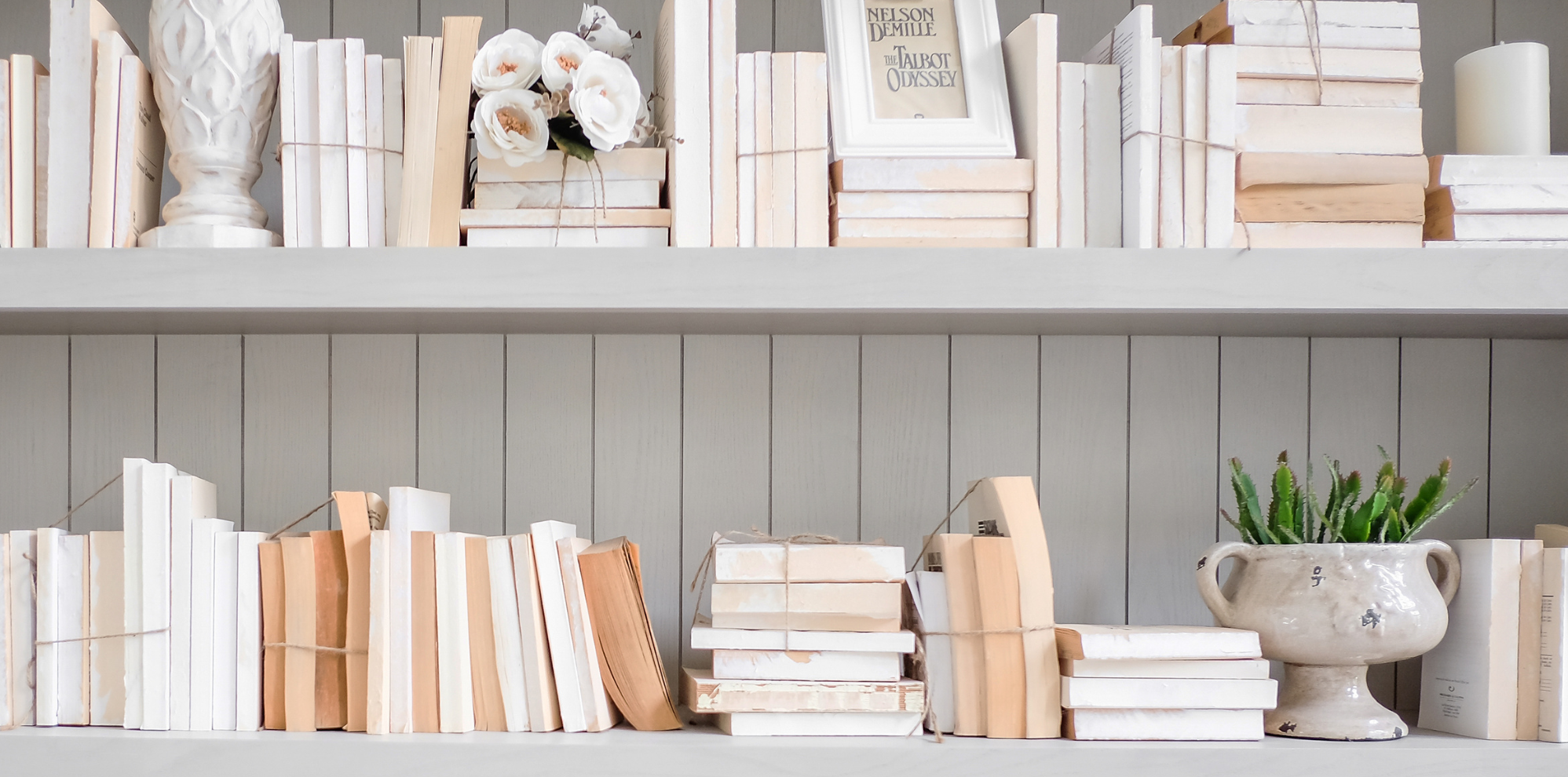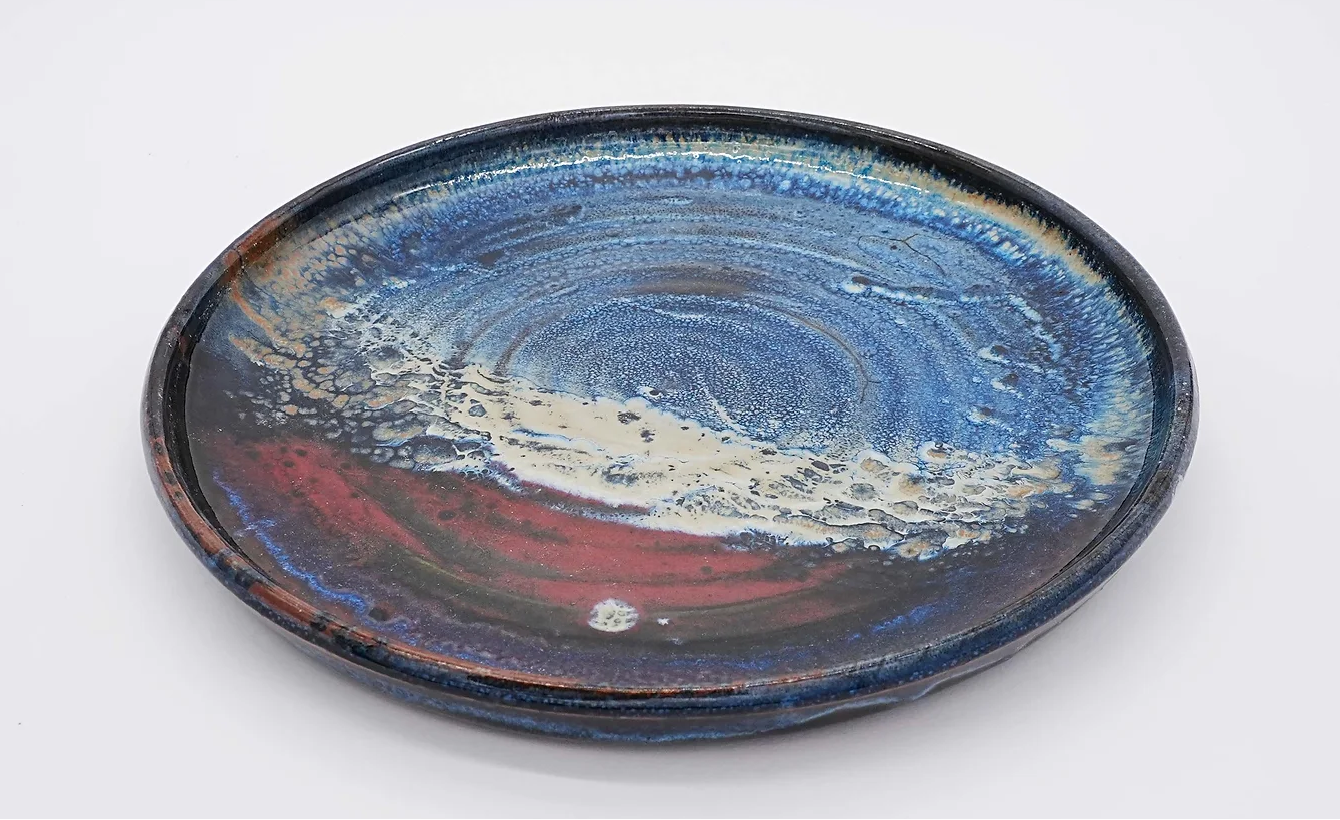What can you do with waste pottery clay?
About 10 to 15% of a potter’s clay will go to waste. This means that a professional potter working 2 to 3 tons of clay per year produces about 500 to 600 kg of waste. Although the clay you use to make ceramics is not a chemical pollutant, it can still be a problem for plants. If it is thrown into a garden or in nature, it smothers everything underneath so that nothing can grow on top of it.
Two different types of clay waste
Whether you are throwing earthenware, stoneware or porcelain, there are two types of clay waste:
- The clay waste that is easy to deal with is made out of failed pots (dry clay not yet bisque) and trimmings (leather-hard pieces of clay) that can be disposed of in 3 ways:
- Collected in rubble bags, they can be taken to a waste disposal center
- In small quantities, they can be thrown away with the household waste
- They can be recycled and reused in your production
- The waste that is not so easy to deal with is the throwing slop. Every time you dip your hands, a sponge or your potter’s tools in the water bucket next to your throwing wheel, bits and pieces of clay sediment at the bottom and you end up with a thick layer of slurry.
While dealing with the first type of waste is fairly straightforward, the second type is not. Here is one thing that is very important to remember: do not throw water with slop into a sink, as it will clog the drains!
Reclaiming your throwing slop in a settling tank
There are a few good practices that you can implement to reduce the amount of slurry you produce. For example, the safest way to rinse your hands and clean your potter’s tools is to start by wiping them with a dry cloth or paper towel before soaking them in water.
You must then wait for the sloppy water to sediment in a dedicated container: the settling tank or sedimentation tank. The term “settling tank” can refer to four different things:
- the slop bucket
- the non-sealed open-air settling tank
- the sealed outdoor settling tank
- the sealed indoor settling tank
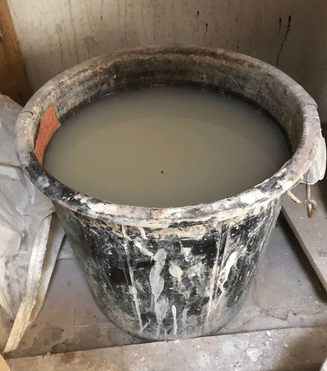
Slop bucket
This is the bucket you usually place next to your potter’s wheel and use to rinse your hands, your tools and the splash pan. The slurry will gradually sediment until you need to empty it.
Since the bucket is filled with water that does not contain any toxic substances, it does not need to be recycled. If you have a garden, you can dig a hole that’s about 80 cm by 80 cm and pour the contents of your bucket into it. This hole will act as a non-sealed settling tank that will allow the water to drain and the slurry to dry out and become dense enough to be transported in a rubble bag.
Non-sealed open-air settling tank
Since it is only a hole in the ground, this settling tank is indeed non-sealed. The water will gradually be absorbed by the soil, allowing the slurry to dry quickly.
You can continue to add fresh slop on top of the dried slop until the tank is full.
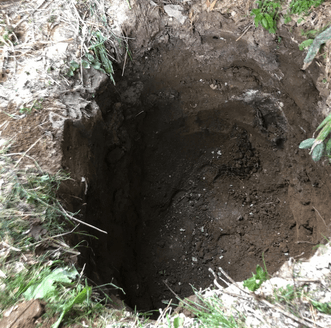
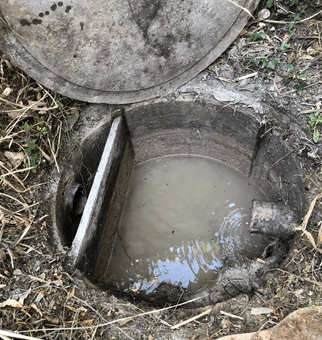
Sealed outdoor settling tank
Even if you take every precaution to avoid getting clay in your sink, there will always be a risk that residue accumulates in your pipes over time, such as when you wash your hands or finish cleaning your pottery equipment after rinsing it in the bucket. For this reason, it is best to connect a sedimentation tank to your sink.
If your workshop configuration allows you to install this settling tank outside, it will be much cheaper. A concrete tank will cost only about 50€ to buy. The most expensive part will be having it installed and connected to your sink.
It is important that this tank be sealed, as you may spill toxic or polluting products, such as glaze waste. These products should not be allowed to seep into the soil in your garden but rather should be taken to a wastewater treatment facility.
Sealed indoor settling tank
If your workshop configuration does not allow you to install an outdoor settling tank, the tank should be placed indoors. You can buy one from a ceramics retailer, such as Céradel, Solargil, Como Céramique. They cost about 500€.
You can find tutorials on YouTube to make your own settling tank. But do this only if you’re a good DIYer, because it is important that the tank remains perfectly sealed!
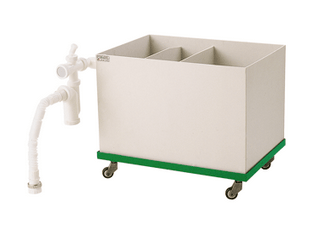
What to do with the water and slurry from the settling tanks?
Whichever settling tank you use, once it is full, it will need to be emptied.
Recycle the contents of your slop bucket
The excess water that stagnates on top of the slop doesn’t prevent plants from growing. So, if your bucket fills up quickly, you can scoop out the water and
- dump it in your garden without any risk of pollution
- reuse it for throwing: the fine particles still in the water will make your throwing clay more plastic
When you throw clay, the finest particles migrate toward the water. Therefore, the more you throw, the less plastic your clay becomes.
This is especially true when you are learning to throw! The rookie potter recycles a lot of clay, but clay that is recycled many times over loses its plasticity precisely because these fine particles are the first to be washed away with the water.
If you are using only a few different types of clay, such as a brown and a white clay, you can reuse the slurry from your bucket by reincorporating it into your clay. However, it is not recommended to mix too many different clays that have incompatible properties.

Regardless of what you plan to do with your slurry, when your slop bucket is full, remove the surface water and put the slurry in rubble bags that you hang up to let the water drain.
Wait a month or two to get a very dense, leather-hard slurry that you can then mix in with the recycled clay. With this method, recycled clay can be used up to 15 times! Without this process, it would be difficult to use it more than 3 or 4 times (the number of times clay can be reused depends on the type of clay, too).
Clay that can no longer be recycled should be taken to a waste disposal center.
Getting rid of clay waste collected in a non-sealed settling tank
If you have too much throwing clay and you can’t reuse it all (since it takes time and space to dry it all out), or if you use too many different types of clay that make it unfit for recycling, the best thing to do is to empty the slop bucket into the non-sealed outdoor settling tank. Because the hole is dug directly into the soil, small pebbles, leaves and bugs can get mixed in and make it unusable, but it’s a cheap and easy way to get rid of extra clay waste.
It usually takes about a year to fill such a settling tank, since water easily drains out. It is best to cover it with a metal sheet to protect it from the rain, but other than that, it does not require much maintenance. Once filled, it should not be touched for a month or two so that the slurry can dry to a consistency like that of throwing clay. You can then transfer it into rubble bags and take them to a waste disposal center.
You may also check if you have eco-builders in your area who may be interested in fine clay. They usually mix it with straw to make cob walls or with sand and lime. In this case, think of breaking up the clay before placing it in rubble bags; this makes it easier to transport. Of course, eco-builders will only be interested if you have enough clay to give them (at least 500 kg).
How do you empty settling tanks connected to your sink (sealed, outdoor or indoor)?
Because these types of settling tanks are connected to your sink, and you will be rinsing tools with residues such as glaze powder and plaster, you will not be able to reuse the slurry or donate it for eco-construction.
But what can you do with it since you can’t transport slurry to the waste disposal site? Once again, you’ll have to fill up rubble bags with slurry and hang them up for a month or two to obtain dry clay that is easily transportable. The water that is filtered through the mesh of the rubble bag can be disposed of with the studio’s wastewater.
Remember to check the level of your settling tank regularly to avoid overflow!
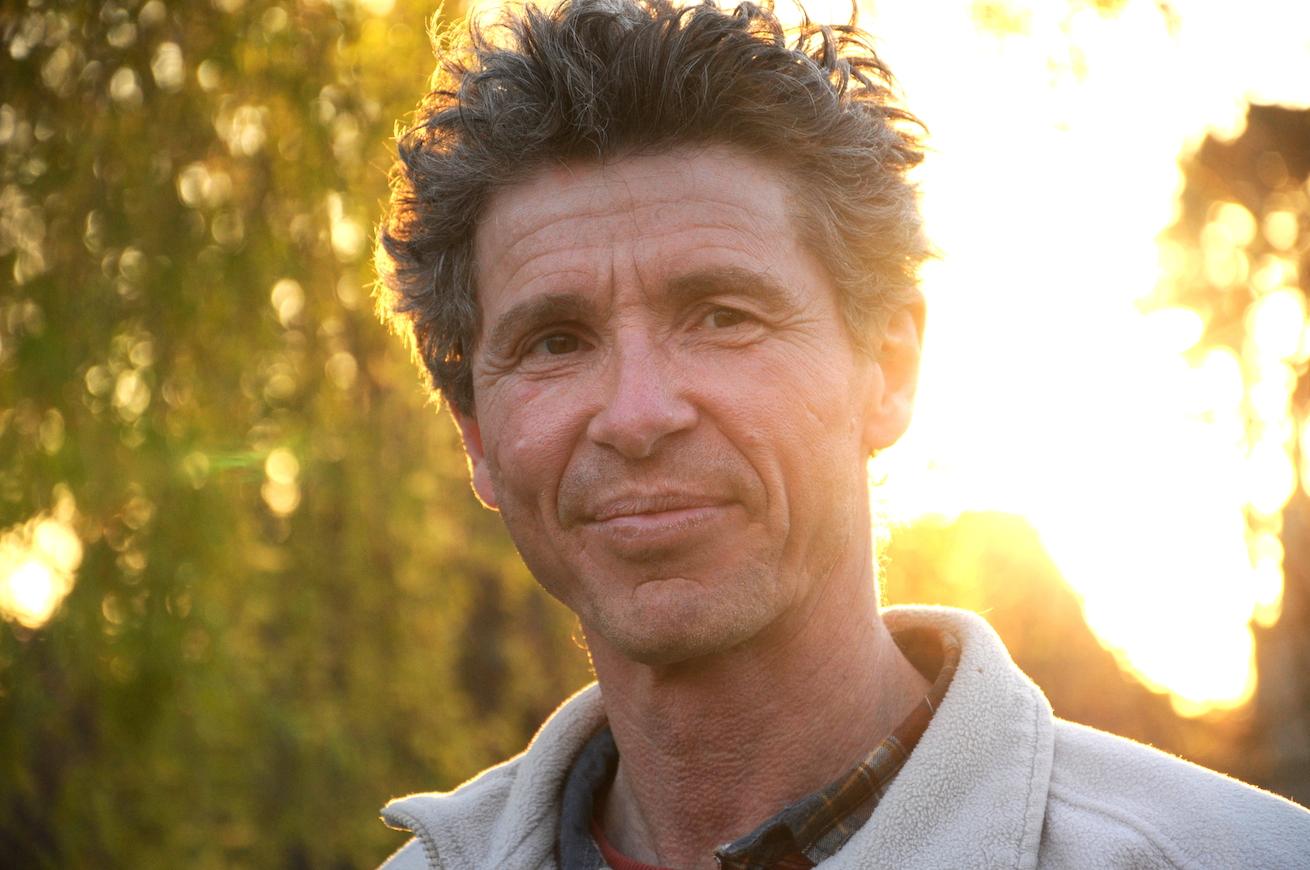
Resource centre
animated by Matthieu Liévois,
potter-ceramist for over 40 years and founder of the Creamik School
Find all the courses
Keywords
Don’t miss any more news from the Créamik school!









